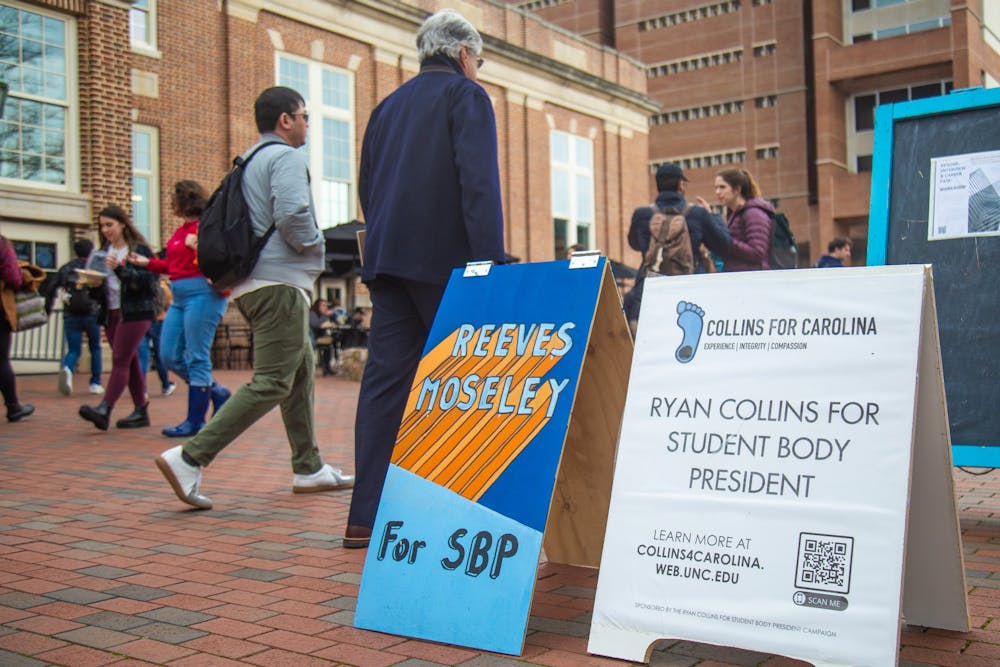The last candidacy meeting took place on Tuesday night, which propelled candidates into the next step of running for office: public campaigning.
Public campaigning
On Tuesday, candidates running for a range of positions launched their campaigns into the public sphere, primarily through social media — one of the primary methods of campaigning this year in the pandemic.
Candidates must collect a certain number of petition signatures by Feb. 16 in order for their names to appear on the ballot. For student body president, specifically, candidates need to collect 1,000 signatures.
“It makes it significantly harder to reach certain number on petitions and ballots, but as elected officials we should be able to reach out to people even during the pandemic,” Keshav Javvadi, a junior running for student body president, said in an email.
Signatures are typically collected in person by candidates and their campaign teams, but this year, petitions are primarily being signed online, which some campaigns see as a challenge.
“Being able to explain the process and explain what the candidate you’re campaigning for stands for has definitely been diminished and changed this spring,” Brady Creef, a senior and manager of junior Kennedy Byrd’s student body president campaign, said.
Byrd said it is much harder to spread the word about campaigns outside of social media now, since the pandemic inhibits the traditional word of mouth.
Once candidates collect their required number of signatures, their petitions are reviewed and certified by the BOE. Petition signatures are due by 5:00 p.m. ET on Feb. 16, and candidates with enough signatures appear on the ballot.
“Every candidate that receives the requisite number of petition signatures will appear on the ballot on February 23,” Lamar Richards, a sophomore running for student body president, said in a video his campaign released on Twitter Wednesday.
Following certification, candidates will engage in a week of more public campaigning and facilitated debates. Student Body President Reeves Moseley reflected on his experience during this phase in the election process.
“The late nights after debates, or adding to the platform, or meeting with student leaders were sometimes the hardest, but also were the occasions in which I reassured myself of why I was running for Student Body President,” Moseley said in an email.
To get the day's news and headlines in your inbox each morning, sign up for our email newsletters.
While current candidates will face these same challenges, the virtual setting may prove more difficult for students.
“We’re unable to talk face-to-face with fellow constituents,” Emily Elkas, a sophomore running for student body president, said in an email. “They have to learn about us through our social media profiles, which isn’t ideal.”
Election Day
Election Day is Tuesday, Feb. 23, and all votes must be in by 8:00 p.m.
Voting has traditionally happened online, Byrd said, and this year will follow suit.
“The only difference will be encouraging students to exercise their voice that they have at Carolina and vote for the candidate that they see best fit on Feb. 23,” Byrd said.
university@dailytarheel.com



